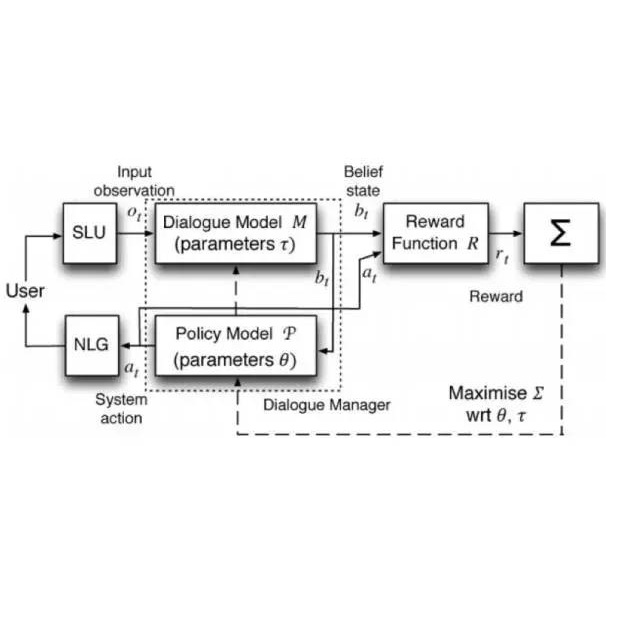Continual learning in task-oriented dialogue systems can allow us to add new domains and functionalities through time without incurring the high cost of a whole system retraining. In this paper, we propose a continual learning benchmark for task-oriented dialogue systems with 37 domains to be learned continuously in four settings, such as intent recognition, state tracking, natural language generation, and end-to-end. Moreover, we implement and compare multiple existing continual learning baselines, and we propose a simple yet effective architectural method based on residual adapters. Our experiments demonstrate that the proposed architectural method and a simple replay-based strategy perform comparably well but they both achieve inferior performance to the multi-task learning baseline, in where all the data are shown at once, showing that continual learning in task-oriented dialogue systems is a challenging task. Furthermore, we reveal several trade-offs between different continual learning methods in term of parameter usage and memory size, which are important in the design of a task-oriented dialogue system. The proposed benchmark is released together with several baselines to promote more research in this direction.
翻译:在以任务为导向的对话系统中不断学习,可以使我们在不引起整个系统再培训的高昂费用的情况下,通过时间添加新的领域和功能。在本文件中,我们建议为以任务为导向的对话系统提供一个持续学习基准,在四个环境中不断学习37个领域,如意向识别、状态跟踪、自然语言生成和端对端。此外,我们实施和比较多种现有持续学习基线,并提议以剩余适应者为基础的简单而有效的建筑方法。我们的实验表明,拟议的建筑方法和简单重播战略表现得相当好,但它们都取得了低于多任务学习基线的业绩,而所有数据都同时显示,在以任务为导向的对话系统中不断学习是一项艰巨的任务。此外,我们揭示了参数使用和记忆大小方面不同的持续学习方法之间的若干权衡,这对设计以任务为导向的对话系统很重要。拟议基准与若干基准一起发布,以促进这方面的更多研究。
相关内容
Source: Apple - iOS 8




















